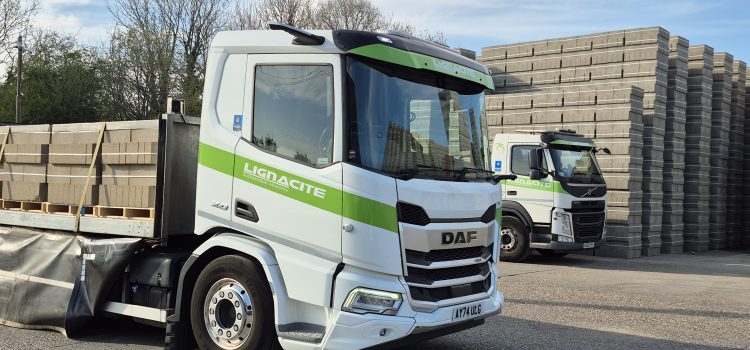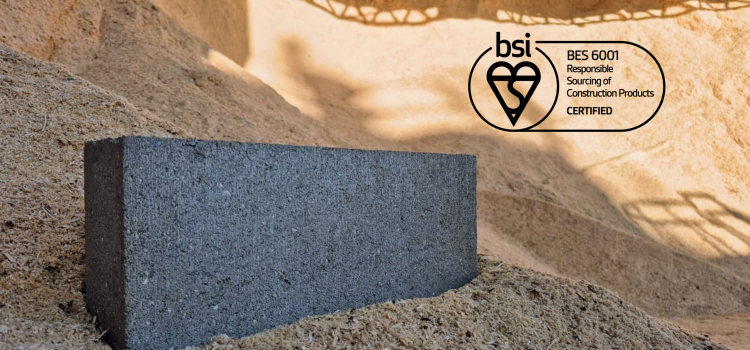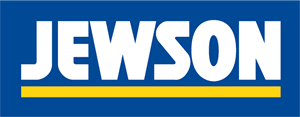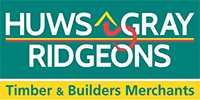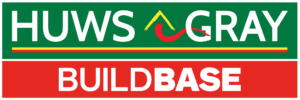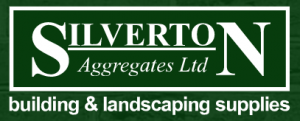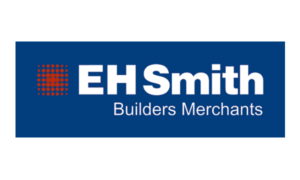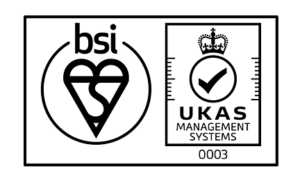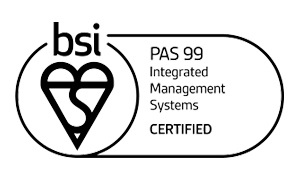Articles
Product News
The Benefits of using Concrete blocks in Commercial Buildings
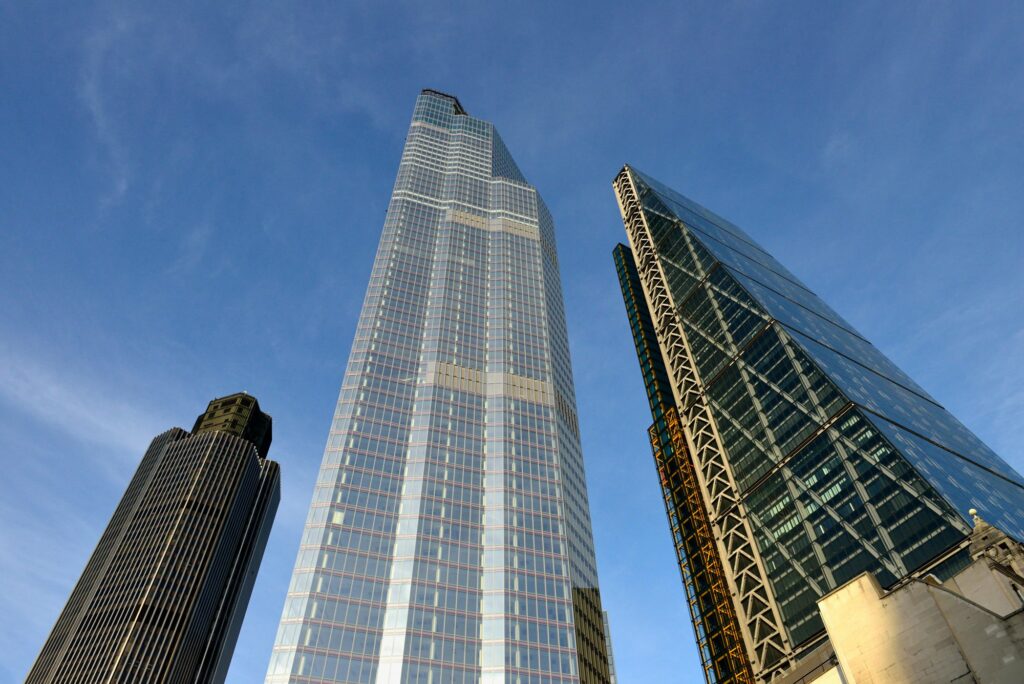
Posted by Nick Franks
Lignacite is the original concrete block that founded the company of the same name in 1947. Based at the time, on a revolutionary mix of cement, sand and recycled wood shavings, its unique characteristics, meant it was an instant hit within the construction industry. Through continued development, it has maintained its position as the block of choice for over 73 years. In more recent times, Lignacite has been used as the core building blocks of some of London’s most iconic buildings such as The Gherkin, The Shard and currently 22 Bishopgate and the Google Building. The block is unlikely to be seen as it is at the bottom of these high-rise buildings, supporting the construction, and providing the strength and stability to allow designers and developers to push boundaries of what can be achieved. It is regularly specified for commercial office buildings, schools, and apartments.
Lignacite concrete blocks are available in Fair Faced, Paint Grade and Standard finishes. It is an ideal concrete block for use in a wide range of commercial applications. Amongst many of its attributes is its high levels of air tightness, sound insulation and fire resistance, a subject which has had a high degree of scrutiny following recent events.
Fire – The benefits of using concrete blocks
The importance of fire design is reflected in the 2019 changes to Part B of the Building Regulations with additional amendments published in May 2020. Guidance is published in Approved Document B – Volume 2: Buildings other than dwellings. The scope of the Guidance encompasses:
- Requirement B1: Means of warning and escape
- Requirement B2: Internal fire spread (linings)
- Requirement B3: Internal fire spread (structure)
- Requirement B4: External fire spread Requirement
- B5: Access and facilities for the fire service
Concrete blockwork has two main attributes that can be used to good advantage in helping to satisfy Requirements B2, B3 and B4. These attributes are its non-combustible properties coupled with the inherent high levels of fire resistance that can be provided.
Internal fire spread (linings)
Limiting fire spread is a key decision for the materials used to line walls and ceilings. It is important for the building fabric generally, however more so for circulation areas where linings offer the potential for rapid fire spread which can jeopardise the safe evacuation of occupants. SatisfyingPart B2 is achieved by specifying linings with a minimum classification which is dependent on its location in the building. Table 1 describes the requirement for linings that should be achieved.
Table 1 - Classification of linings
| Location | Classification |
| Small room of maximum internal floor area:
a: 4m2 in residential accommodation b: 30m2 in non-residential accommodation | D-s3, d2 |
| Other rooms (including garages) | C-s3, d2 |
| Other circulation spaces | B-s3, d2(1) |
| Note:
1.Wallcoverings which conform to BN EN 15101, achieving at least class C-s3, d2 and bonded to a class A2-s3, d2 substrate, will also be acceptable. |
Reaction to fire relates to the extent to which a product will contribute, by its own decomposition, to a fire under specified conditions. Products, other than floorings, are classified as A1, A2, B, C, D, E or F (with class A1 being the highest performance and F being the lowest) in accordance with BS EN 13501-1. Class F is assigned when a product fails to attain Class E. Untested products cannot be classified in accordance with BS EN 13501-1. Concrete blockwork will achieve Class A1 without the addition of any surface finishes and therefore surpasses the minimum requirements for linings shown in Table 1. This makes the use of the Lignacite fair-face blockwork, for example, an attractive proposition for circulation areas as well as escape routes with the added advantage that the block material is very robust and its limited contribution to fire spread will not lessen over time.
Internal fire spread (structure)
Concrete blockwork can make a significant contribution towards satisfying the requirement to limit the risk of internal fire spread within the structure. It can be used to construct external and compartment walls, fire enclosures, protected shafts etc.
The periods of fire resistance can depend on many factors such as the building purpose group, the height of the building and whether sprinkler systems are in place. In the case of the latter sprinkler systems are mandatory to a number of building types over 30m in height. The most onerous fire resistance period specified is 120 minutes, however, for the majority of buildings up to 30m in height, minimum fire resistance periods of 60-90 minutes apply. These levels of fire protection can be met by all types of concrete blocks. For example, walls built with 100mm solid Lignacite blocks in loadbearing or non-loadbearing walls will achieve at least 120 minutes of fire resistance. Stability requirements often require walls to be greater than 100mm in thickness, and typically fire resistances of 180-240 minutes will be achieved thereby building in a greater margin of resistance.
Table 2 – Typical fire resistance of Lignacite Concrete Blocks
| Non-loadbearing wall
(minutes) | Loadbearing wall
(minutes) | |
| 100mm solid blocks | 180 | 120 |
| 140mm solid blocks | 240 | 180 |
| Note - Fire periods assessed in accordance with BS EN 1996 Part 1-1 |
External fire spread
External walls and roofs of buildings are required to adequately resist the spread of fire over these elements and from one building to another, having regard to the height, use and position of the building. Specifying materials that restrict flame spread is key to compliance. Combustible materials and cavities in external walls and attachments to them can present such a risk, particularly in tall buildings. The minimum reaction to fire for materials is specified as a means of satisfying this requirement and is dependent on the building type, height and proximity to the relevant boundary. For the most onerous condition – less than 1000mm from a boundary - the external surface of walls should have a reaction to fire of Class A2-s1, d0(1) or better to Class B-s3, d2(2) or better, depending on the building type. The use of concrete blockwork will satisfy a Class A1 rating, making this material an excellent choice for limiting external fire spread.
Airtightness
For commercial buildings, air tightness (or permeability) is a key feature of compliance with thermal standards, Part L2A Conservation of fuel and power in new buildings other than dwellings. The Regulations are concerned with minimising air leakage through the uncontrolled movement of air through cracks and gaps in the building fabric. A limiting air permeability of 10.0m3/(h.m2), tested at 50 Pa pressure is set, however, in practice far better standards will normally have to be met. Table 3 sets out recommended best practice standards for a range of building types.
Table 3 – Air permeability – Good and normal practice
| Type | Air Permeability m3/(h.m2) at 50 Pascals | |
| Best Practice | Normal | |
| Offices: | ||
| -Naturally Ventilated
-Mixed Mode -Air Conditioned/Low Energy | 3
2.5 2 | 7
5 5 |
| Factories & Warehouses | 2 | 6 |
| Superstores | 1 | 5 |
| Schools | 1 | 5 |
| Hospitals | 5 | 9 |
| Museums & Archival Facilities | 1 | 1.5 |
| Cold Stores | 0.2 | 0.35 |
| Dwellings: | ||
| -Naturally Ventilated
-Mechanically Ventilated | 3
3 | 9
5 |
Although testing for air permeability is a function of the whole building's performance, walls and their associated junctions make a significant contribution to the overall performance. The performance of concrete blocks subject to air pressure testing can be variable, depending on the density and composition of the blocks. Most manufacturers can provide product-specific data, and data for Lignacite blockscan be found and downloaded at https://lignacite.co.uk/products/lignacite/.An uplift in performance is apparent when a finish is applied to the wall. Even a basic emulsion paint application will reduce the porosity of the blockwork and show a good uplift in performance. Some typical air permeability values for Lignacite concrete blocks, with and without a paint finish are shown in Table 4.
Table 4 – Air Permeability – Lignacite Concrete Blocks
| No finish | Paint one side | |
| (m3/hr/m2) | ||
| 100mm solid blocks | 3.57 | 0.5 |
| 140mm solid blocks | 4.62 | 0.24 |
| 140mm cellular blocks | 4.82 | 0.88 |
| Note – Based on laboratory testing |
Lignacite’s block manufacturing plants located in Norfolk and Essex, are responsible for producing over 100,000 blocks per day, enough blocks to build approximately 100 houses. Working closely with several of the leading Architects, Specifiers and Builders’ Merchants throughout East Anglia, London and the South East, we supply many of the major house builders and Commercial contractors.
Lignacite offers a comprehensive range of concrete blocks from ultra-lightweight to dense suitable for a wide range of building applications. The sustainability of our blocks is core to the Lignacite philosophy and they all have a high level of recycled aggregate content, some blocks exceeding 55%.
Lignacite also offers extensive technical support for its products, the website has an extensive library with product data sheets, CAD Library, Design Guidance booklets and Site Work guide and much more. All may be accessed for free.
For further information, please contact info@lignacite.co.uk or telephone: 01842 810678.

